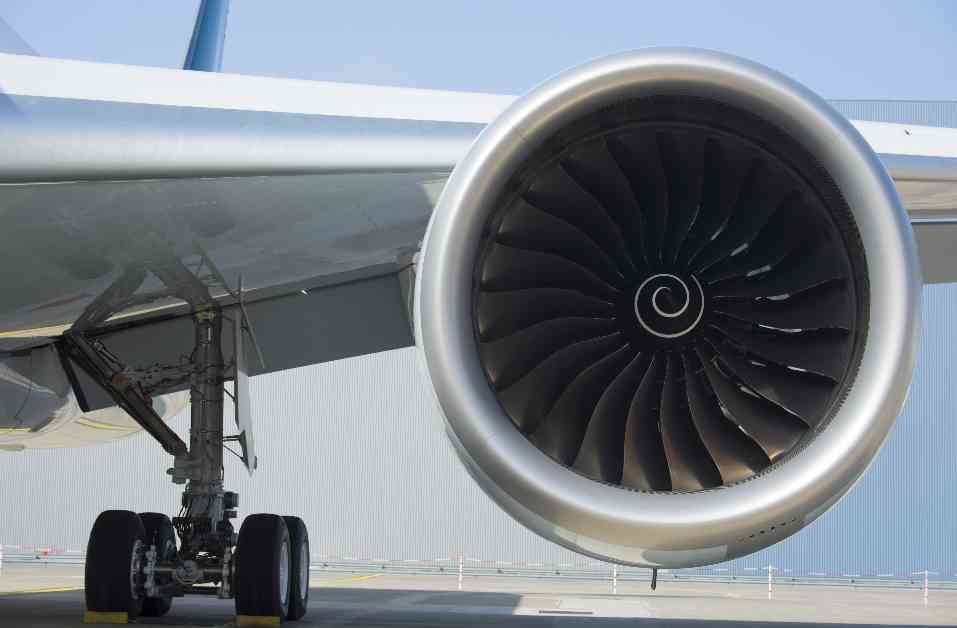Understanding the Cathay A350 Engine Incident: Maintenance Procedure Investigation
The recent engine incident involving a Cathay Pacific Airbus A350-1000 has raised concerns about the maintenance procedures carried out on Rolls-Royce XWB-97 engines. The rupture of a fuel hose on the aircraft’s No. 2 engine led to the crew shutting it down and returning to Hong Kong on September 2. Details released by the European Union Aviation Safety Agency (EASA) investigators and the manufacturer suggest that the incident may be linked to a maintenance procedure.
A preliminary report from the Hong Kong Air Accident Investigation Authority (AIAA) revealed that a secondary fuel manifold hose on the affected engine had ruptured, with damage also found on five other secondary fuel hoses. The investigation also uncovered black soot in the engine core’s aft section and burn marks on the thrust reverser cowls, indicating a potential engine fire. While the exact cause of the hose rupture was not specified in the report, an EASA airworthiness directive issued on September 19 suggested that a suspect maintenance procedure could be to blame.
Rolls-Royce Response and Investigation
In response to the incident, Rolls-Royce issued an emergency airworthiness directive on September 5, requiring one-time inspections of Trent XWB-97 engines, which power A350-1000 aircraft. The subsequent directive from EASA specified that the suspect maintenance procedure was applied to Trent XWB engines used in A350-900 aircraft. The directive mandated checks for engines that had undergone maintenance within a certain timeframe, with repetitive inspections every 2,000 flight hours.
Rolls-Royce, which provides maintenance services for Cathay Pacific’s fleet of A350-900s and -1000s under its TotalCare program, indicated that the issue may be limited in scope. The company instructed a small number of customers to conduct precautionary inspections on high-pressure fuel hoses in Trent XWB-84 engines found on A350-900s. These inspections are prioritized based on engine life and previous maintenance at specific facilities.
Investigation Progress and Safety Measures
The investigation into the incident is ongoing, with a comprehensive examination of the aircraft parts, including the fuel manifold hoses, being conducted at an overseas testing facility. The AAIA investigators are overseeing the activities to determine the root cause of the rupture. Rolls-Royce has halted the use of the suspect maintenance procedure in overhaul facilities and developed recommended inspection procedures for affected engines, as per EASA’s directives.
The safety of passengers and crew is of utmost importance, as highlighted by the seriousness of the incident. The swift action taken by the flight crew in response to the engine fire warning demonstrates the importance of proper training and adherence to safety protocols. The AAIB emphasized the potential dangers of fuel leaks through ruptured hoses and the need for immediate action to prevent engine fires.
In conclusion, the investigation into the Cathay A350 engine incident is ongoing, with a focus on identifying the cause of the fuel hose rupture and implementing necessary safety measures to prevent future occurrences. The collaboration between regulatory authorities, manufacturers, and airlines is crucial in ensuring the continued safety and reliability of commercial aircraft operations.
